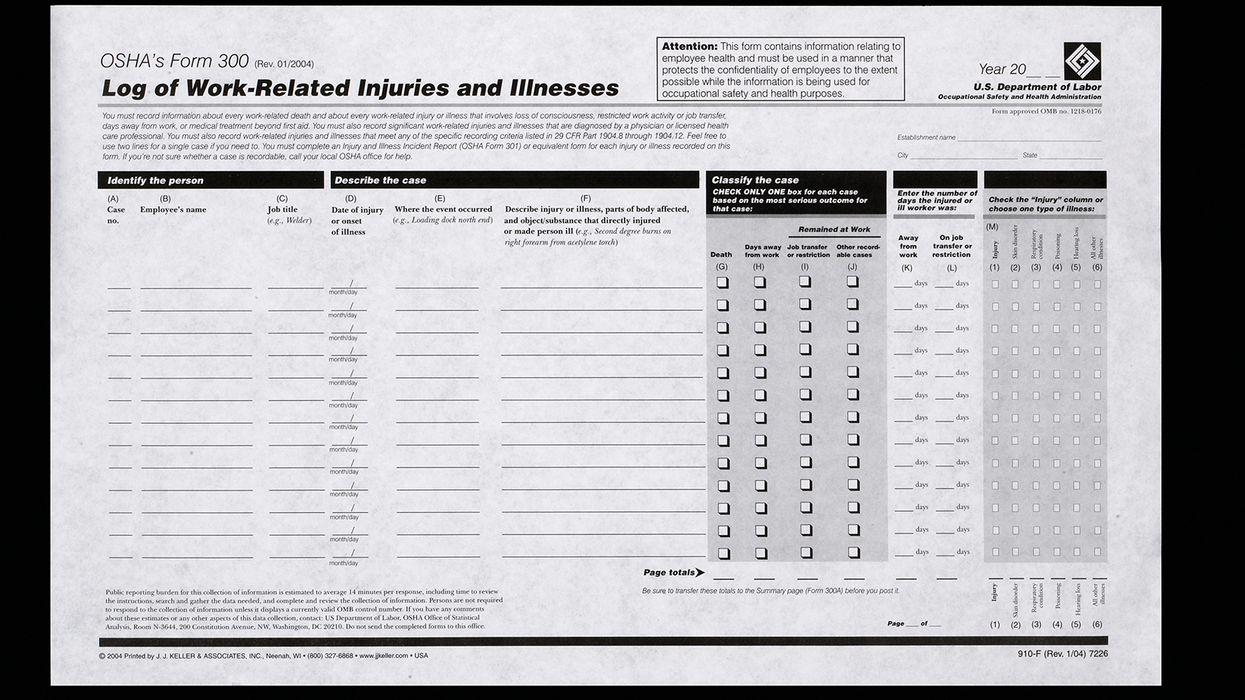OSHA carves out time for THREE more inspection memos
OSHA recently took huge steps to stop repeat offenders, no matter the industry. Two memos give agency offices greater authority to cite violators. In addition, OSHA aims to use a third memo to tamp down on serious injuries in animal slaughtering/processing plants.
The new memos include:
- Violation Grouping and Discretionary Ungrouping (4/3/2024, but posted 8/1/2024);
- Instance-by-Instance Citation Policy for Serious, Repeat, and Other-Than-Serious Violations (4/17/2024, but posted 8/1/2024); and
- Inspection Guidance for Animal Slaughtering and Processing Establishments (10/15/2024).
The first two memos slipped onto the OSHA Enforcement memos page over three months after being issued. This explains why they have received little attention. Make no mistake! These two memos grant OSHA offices the power to issue more citations with stiffer total penalty amounts. However, the two aim at recalcitrant employers and so-called “employers that require additional deterrence.”
Background
All three memos have earlier but weaker versions. OSHA explains that the new ones provide either greater enforcement discretion or an expanded scope. This means OSHA offices have more enforcement authorities and instruction than they had under the previous memos. For the record, the previous (and now superseded) memos were:
Ungrouping violations
Last year, OSHA reminded its offices that they don’t need to group violations. Citing distinct violations separately may achieve the proper deterrent effect in some cases, the agency argued. This is especially where employers flagrantly disregarded their duty to protect workers. The agency assures that ungrouping may accurately capture an employer’s overall lack of compliance.
This year’s memo clarifies that regional and area OSHA offices may refrain from grouping violations where the violations are separate and distinct, even if other OSHA policies or directives recommend grouping the violations. The only catch is the violations must require differing specific abatement methods.
The memo goes on to say that discretionary ungrouping should be considered where one or more of the factors below are met:
- The employer:
- Is currently on the Severe Violator Enforcement Program (SVEP) list; or
- Has a history of willful, repeat, or failure-to-abate violations;
- The latest violative conditions are related to an incident that resulted in a fatality, catastrophe, or reportable injury/illness; or
- The inspection:
- Resulted in one or more willful, repeat, or failure-to-abate violations, or a significant number of serious violations;
- Was initiated due to a release of a highly hazardous chemical;
- Identified worker exposures to hazardous chemicals over the applicable OSHA permissible exposure limit; or
- Uncovered violations related to National Emphasis Program hazards.
Area offices may use discretionary ungrouping in the absence of any of the above factors, however.
Instance-by-instance citations
For years, OSHA policy allowed instance-by-instance (IBI) citations when they were egregious-willful. An “instance” would relate to EACH machine, employee, location, entry, etc. that violates a standard or when instances of the violation could not be abated by a single method.
Last year, OSHA offices began citing violations as IBI when inspectors identified high-gravity, serious violations specific to certain things. Those included falls, trenching, machine guarding, respirators, permit-required confined spaces, and lockout/tagout. Violations could also be cited as IBI for other-than-serious violations specific to recordkeeping.
However, this year’s IBI citations memo no longer hinges on specific standards/hazards. Instead, IBI citation items may be considered when one or more of the factors below are met:
- The employer has a history of willful, repeat, or failure-to-abate violations;
- The latest violative conditions are related to an incident that resulted in a fatality, catastrophe, or permanently disabling injury/illness; or
- The inspection revealed:
- One or more willful, repeat, or failure-to-abate violation(s), or a significant number of serious violations; or
- Widespread recordkeeping deficiencies (for which IBI recordkeeping citation items may be proposed).
Targeting animal slaughtering/processing plants
The third memo updates and expands the scope of one from 2015. The old memo aimed at poultry slaughtering/processing plants. The expanded memo now covers all animal slaughtering/processing plants (NAICS 3116).
According to OSHA, meat and poultry workers suffer serious injuries at double the rate of other workers. Also, illness cases in the industry were six times higher than private industry in 2022. In hopes of bringing these rates down, ALL inspections at NAICS 3116 facilities must cover 11 hazards:
- Sanitation,
- Ergonomics,
- Personal protective equipment,
- Lockout/tagout,
- Machine guarding,
- Slips/trips/falls,
- Ammonia process safety,
- Chemical hazards,
- Noise,
- Egress, and
- Recordkeeping.
If OSHA inspectors come across possible violations of wage and hour laws and regulations, their offices are to reach out to the Department of Labor’s Wage and Hour Division.
Key to remember
OSHA posted three enforcement memos in recent weeks. Stronger than previous versions, they cover ungrouping violations, instance-by-instance citations, and inspections of animal slaughtering/processing plants.

































































